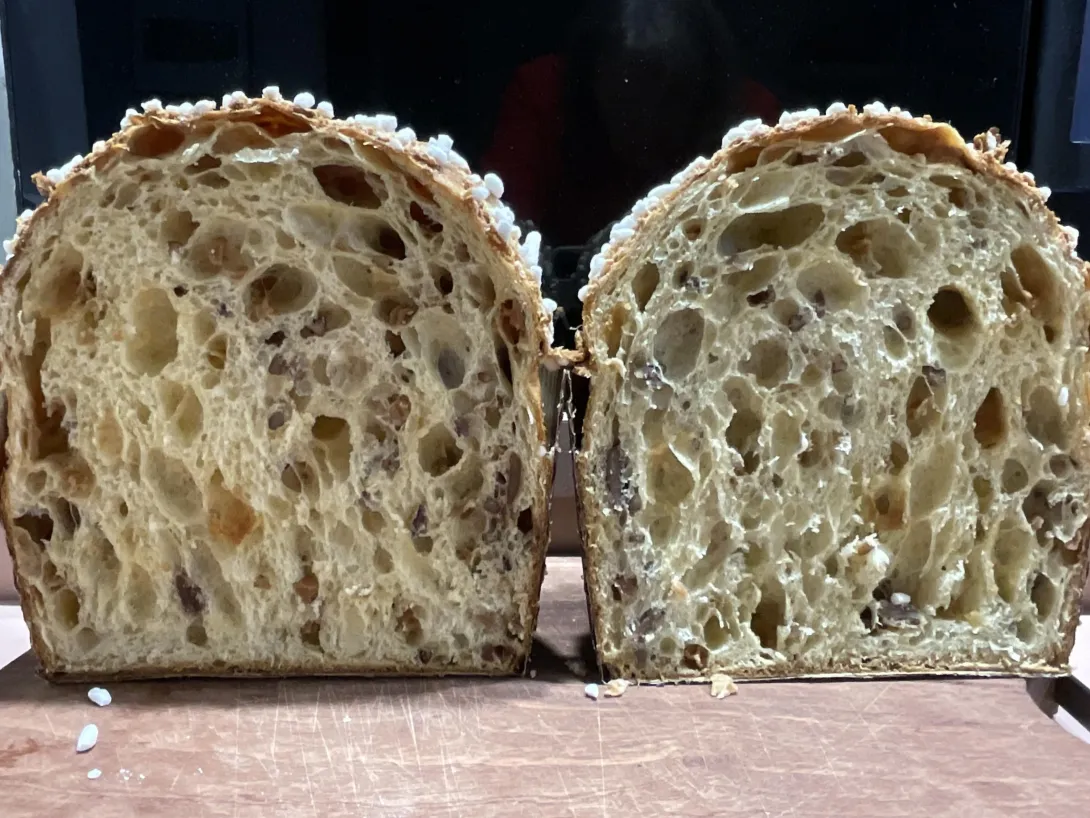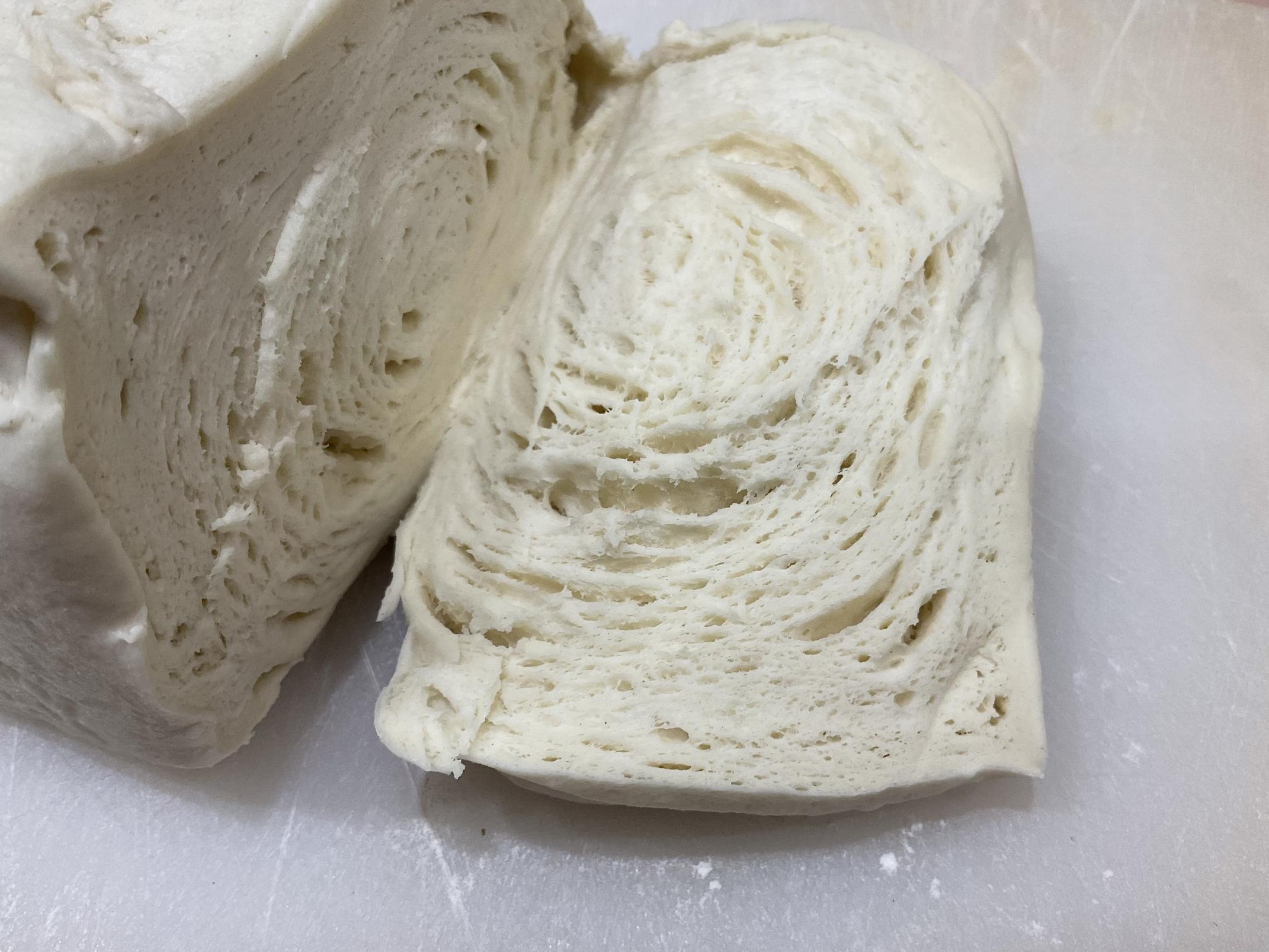SueVT's blog
First Colomba batch 2025
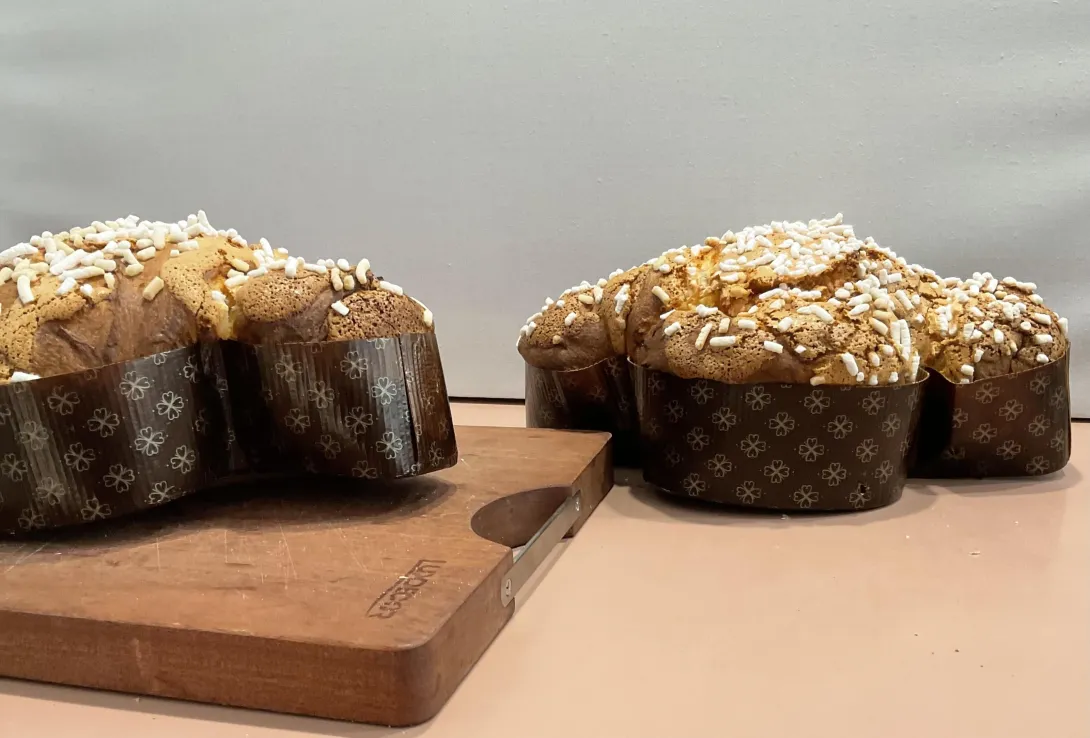
I baked the first batch of Colomba this year, to try out my new 1 kg size paper pans, and to think about new flavor combinations. Also, the tweaks I’ve made to my lievito madre, mixing and fermentation techniques as they pertain to Colomba.
I’m also using a different flour this year - Mille Bolle from Molino Pasini; this is easily the best panettone flour I have tried, and it really worked well for this batch.
- Log in or register to post comments
- 4 comments
- View post
- SueVT's Blog
Pecan Apple Strudel Panettone
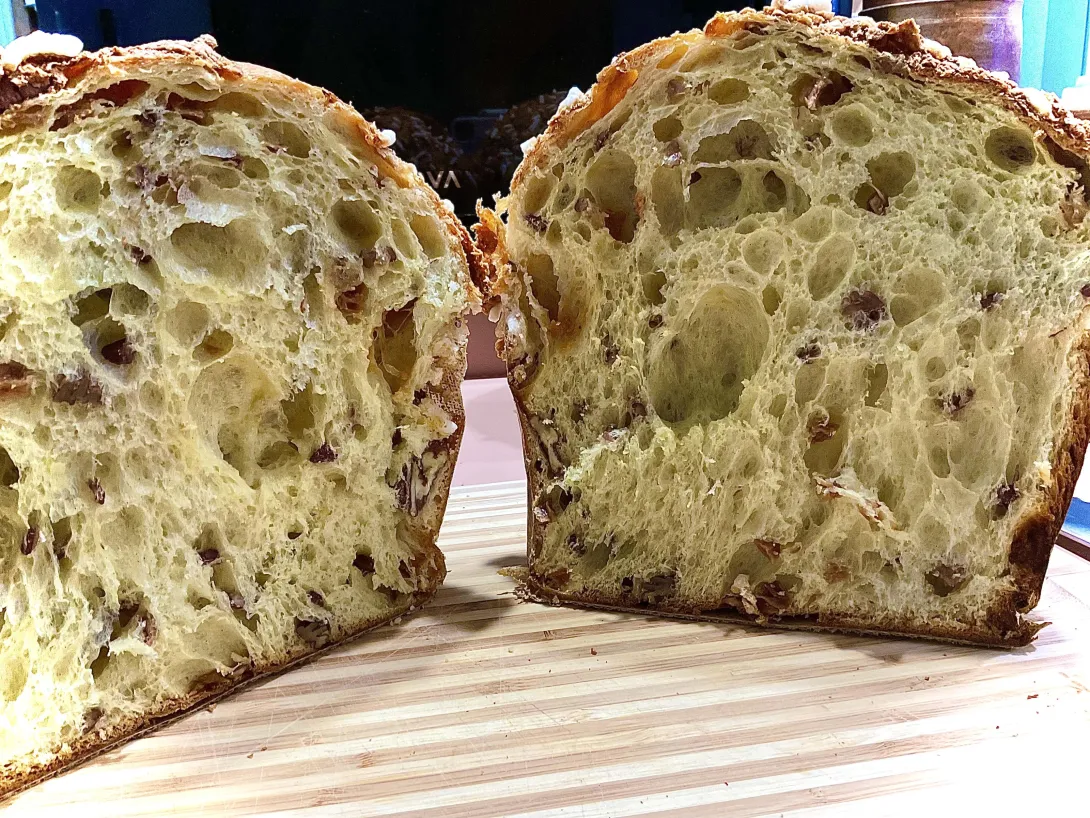
I recently received a 25 Kg bag of Pasini Millebolle panettone flour, and this was the first test. The panettone is a simple variation on my usual formula, meant to evoke a Danish pastry with pecan and apple. I added cardamom in addition to vanilla bean, plus a variety of inclusions totaling approximately the weight of flour in the recipe.
- Log in or register to post comments
- 32 comments
- View post
- SueVT's Blog
Strawberries & Cream panettone for Valentines Day
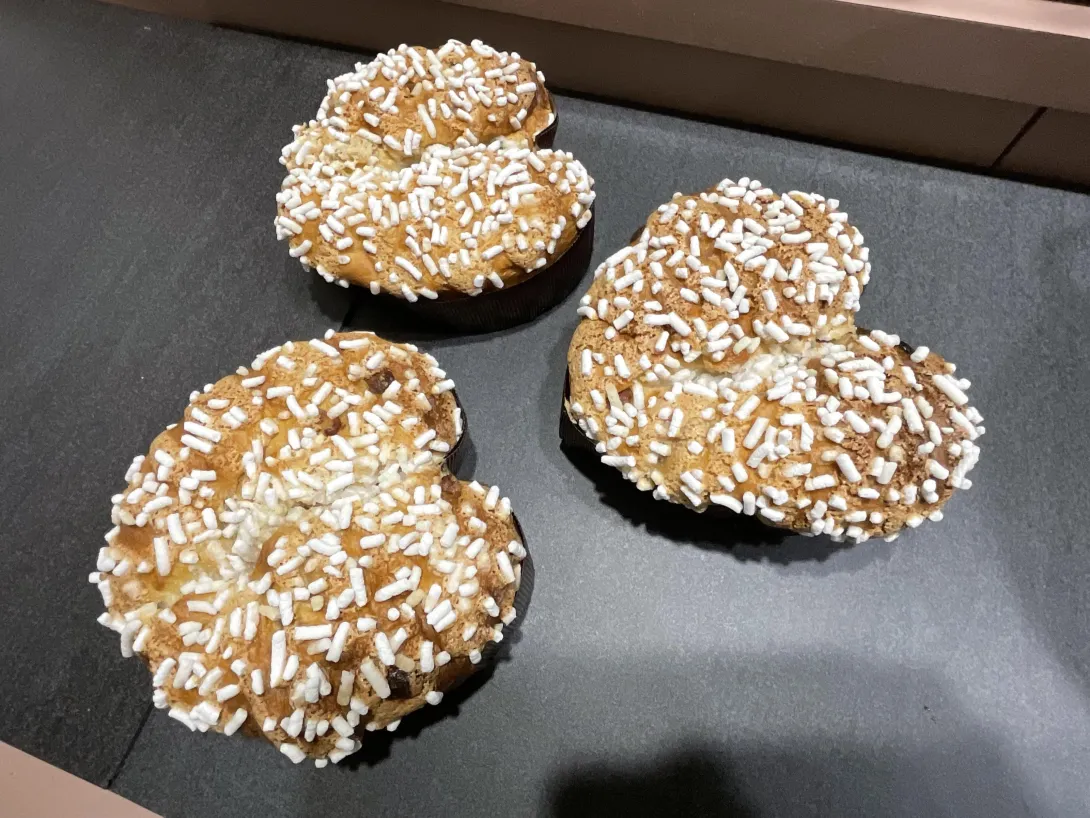
Just for fun, I made panettone with three forms of strawberry - candied, freeze-dried and pastry base. It is fragrant with definite strawberry notes in the crumb, which is light, moist and shreddy.
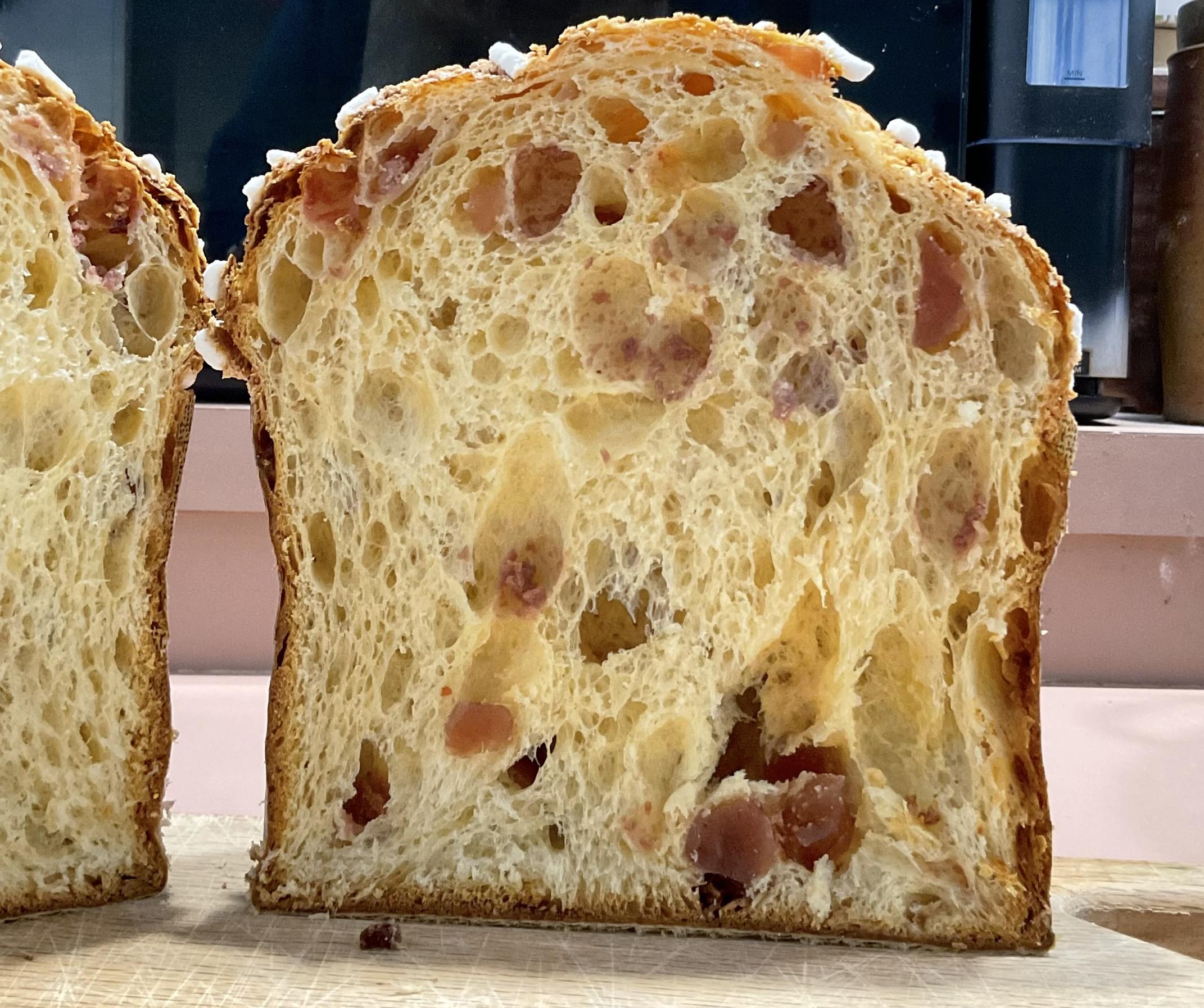
I used 400g in 7” hearts and 745g in 750g paper pans.
Process notes:
- Log in or register to post comments
- 7 comments
- View post
- SueVT's Blog
Panettone this holiday season
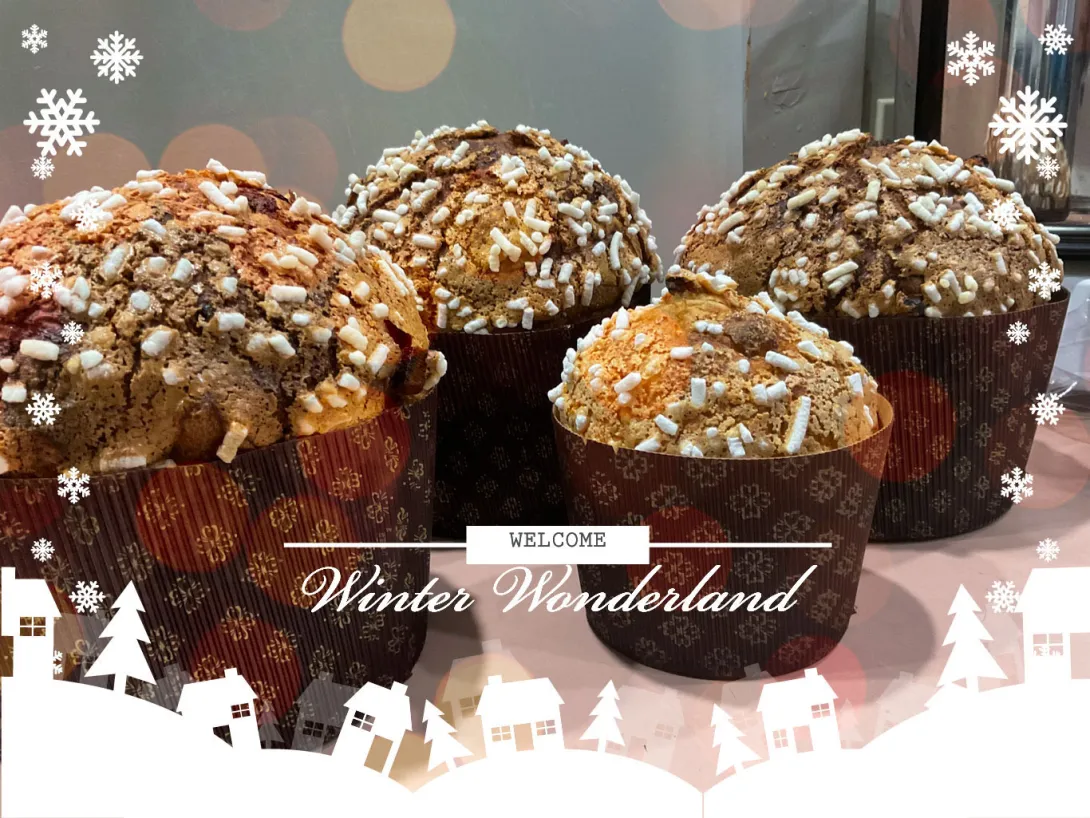
I've been baking more panettone than usual this season, mostly classic candied orange and raisin, but also chocottone and caramel apple flavors.
Each one is a bit different, and each bake presents its challenges. It's important to adapt to the context of each bake. Factors like the activity level of the LM, the ambient temperature, the type of ingredients must be considered.
But every time they go into the oven, it's exciting to watch them become grandi lievitati..
- Log in or register to post comments
- 14 comments
- View post
- SueVT's Blog
Sweet Lievito Madre and Panettone
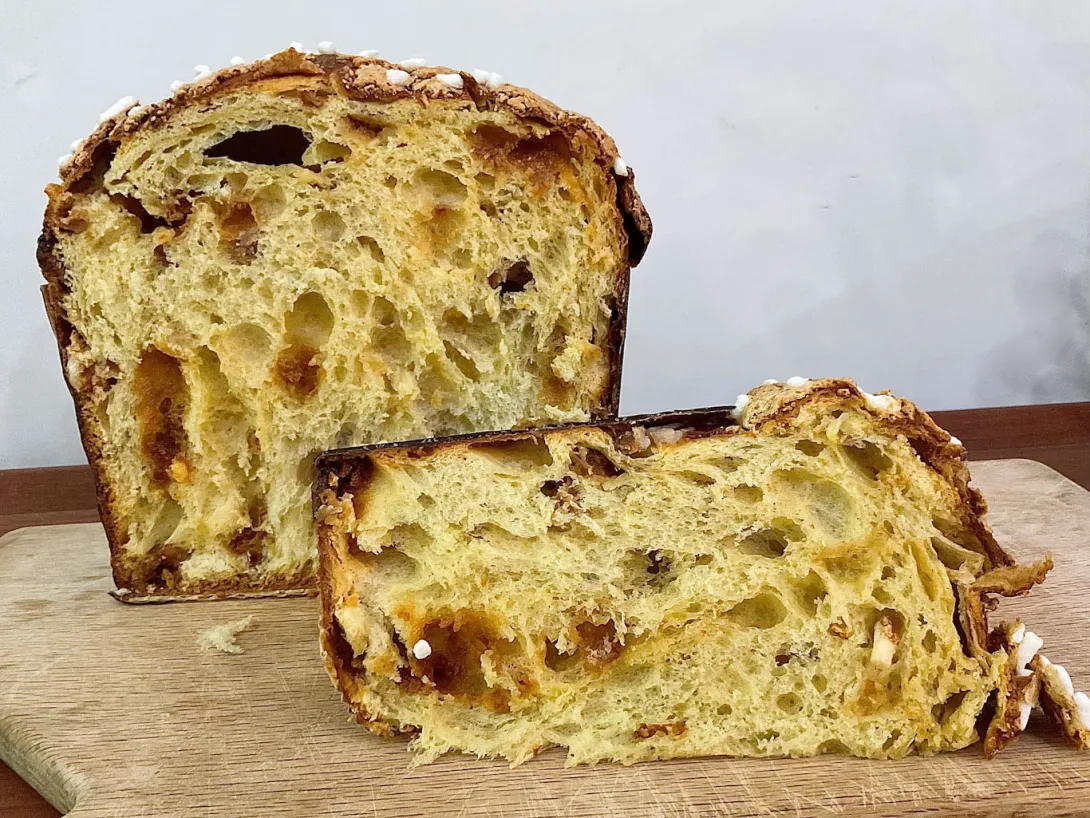
Caramel apple panettone made with sweet lievito madre.
I have been developing my sweet LM for a while now, initially to help with making sourdough shokupan, but now also to use with SD brioche and panettone. I am still adding a small amount of regular LM "just in case", but as you can see, the sweet LM rises very well. The flavor of the panettone is outstanding.
- Log in or register to post comments
- 11 comments
- View post
- SueVT's Blog
Interesting new books from Italian Gourmet
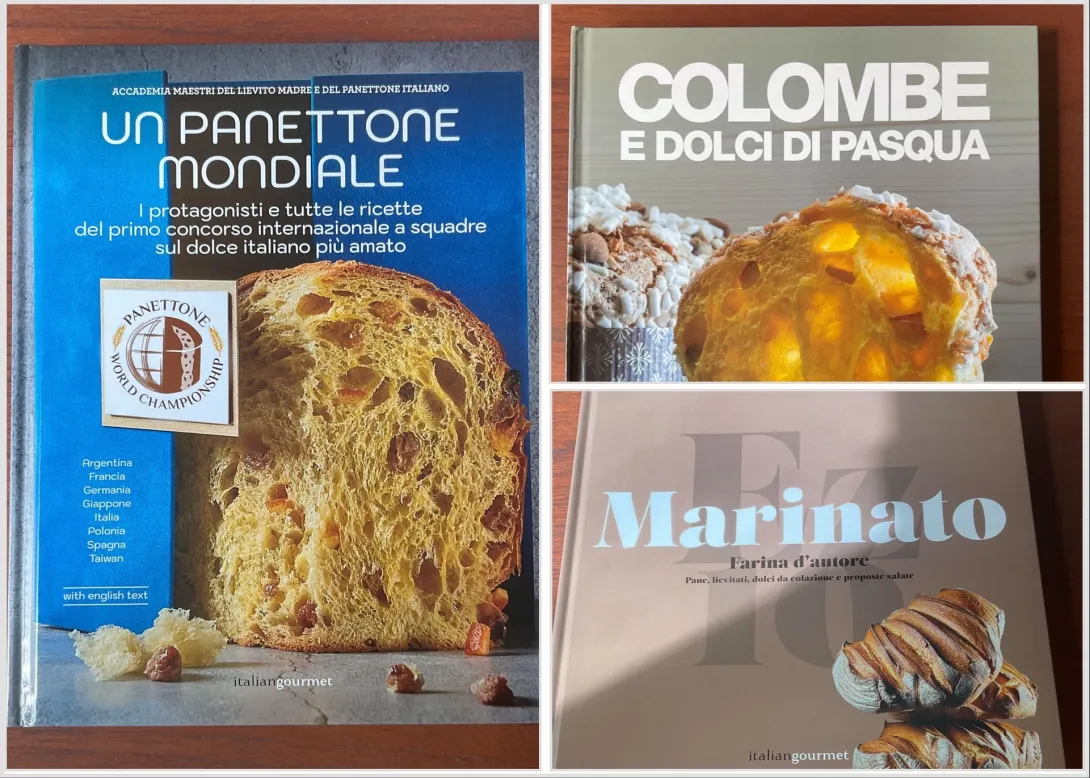
For those of you who are interested in Italian baking, particularly the Italian brioches, these books from Italian Gourmet are worth noting:
Un Panettone Mondiale (with English text): "The stars and all the recipes of the first international national competition on the beloved Italian delicacy".
- Log in or register to post comments
- 9 comments
- View post
- SueVT's Blog
Colomba round Four, lemon and white chocolate
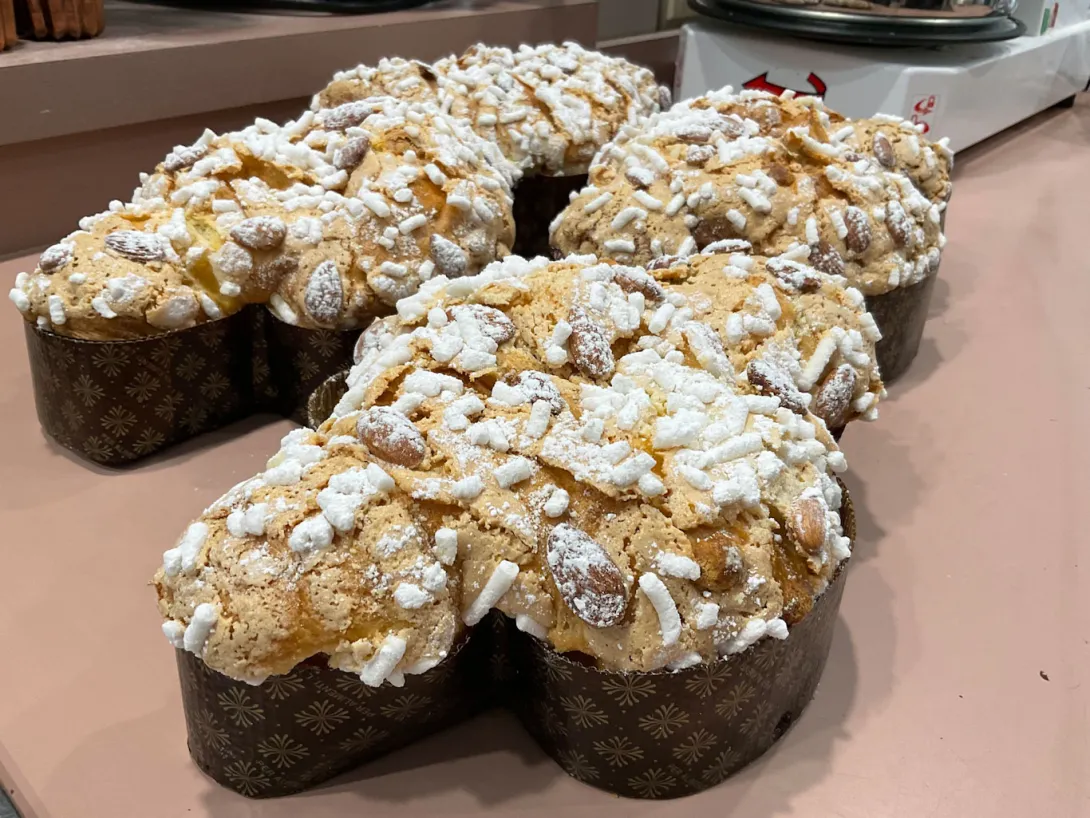
This is my second bake of the Gallina Limoncello and white chocolate Colomba, by far the best of my four rounds of baking. I learned a lot during these bakes, all of which I will leverage going forward.
This recipe from Luigi Gallina is nicely balanced, relatively easy to work with and is also the most delicious of the ones I've tried. It makes a cloud-like and moist crumb which is also sturdy enough to stand up to being baked in Colomba format.
Colomba round 3 - Luigi Gallina lemon and white chocolate
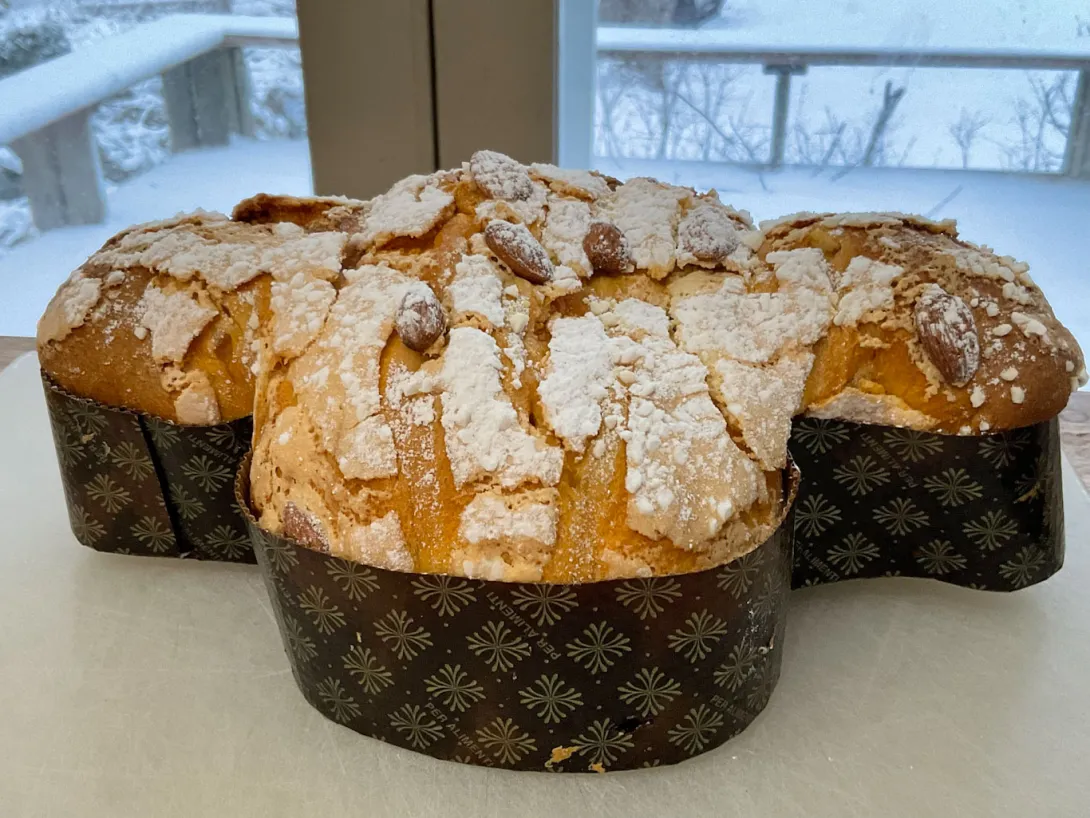
Good result with this recipe, which includes a tangzhong. I used lemon essence instead of the larger volume of limoncello, and this worked well.
Shaping: I placed dough as one piece in the molds, rather than the traditional wings and body approach. I did this by laminating dough into a diamond shape and rolling it from left and right into the center. This created a batard-like shape, heavier in the center. When place in the mold, I gently reach underneath to spread the dough somewhat toward the wing edges.
- Log in or register to post comments
- View post
- SueVT's Blog
Colomba round 2 - Pear and Milk Chocolate
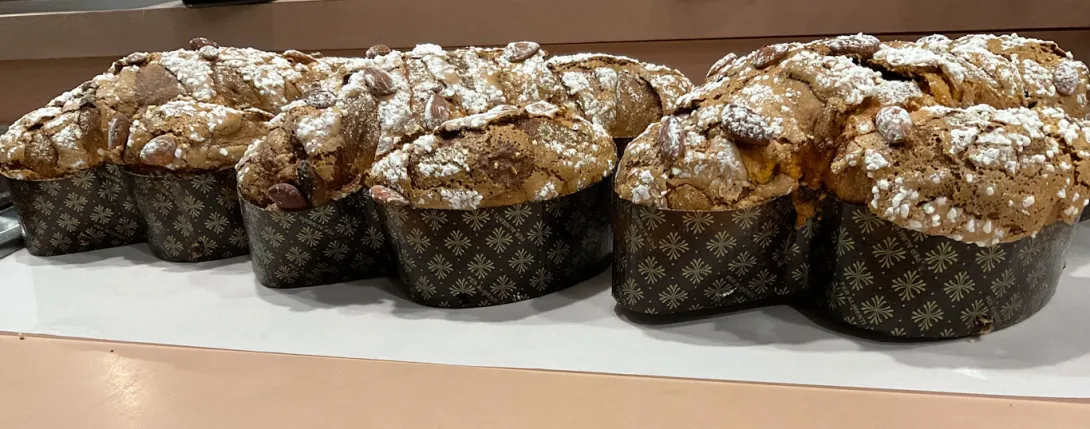
For my second round, I made the adjustments based on round 1, and used a different recipe to see the contrast. I developed the LM for about three days, but it was still very active from the series last week.
I added some cocoa powder to the glaze, and baked on a stone in the regular static oven using convection for only the first few minutes.
This time, recipe from Fabrizio Galla, faithfully followed so that I would have a baseline. It is a nice recipe, makes a dough that is easy to work with, and rises well.
- Log in or register to post comments
- 10 comments
- View post
- SueVT's Blog
